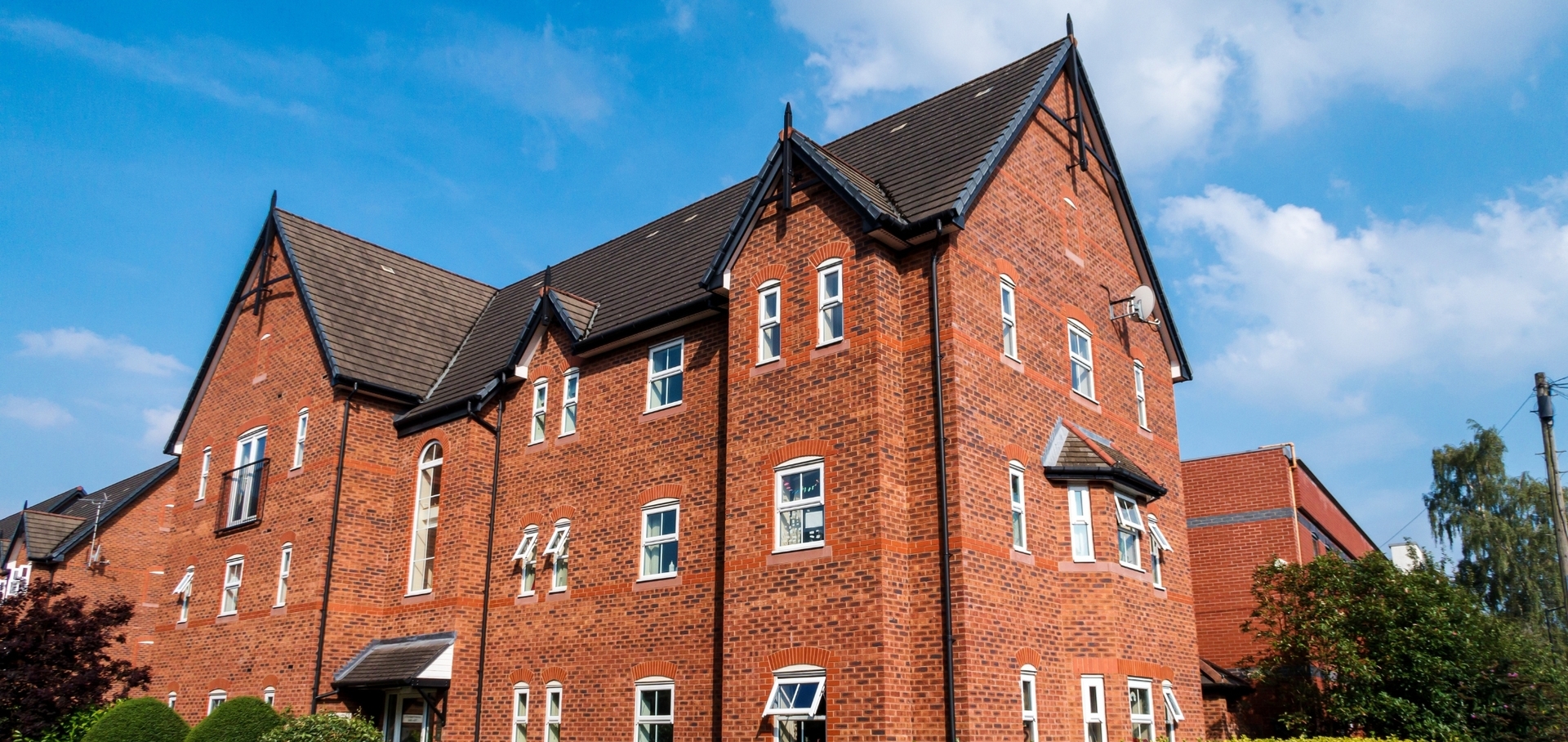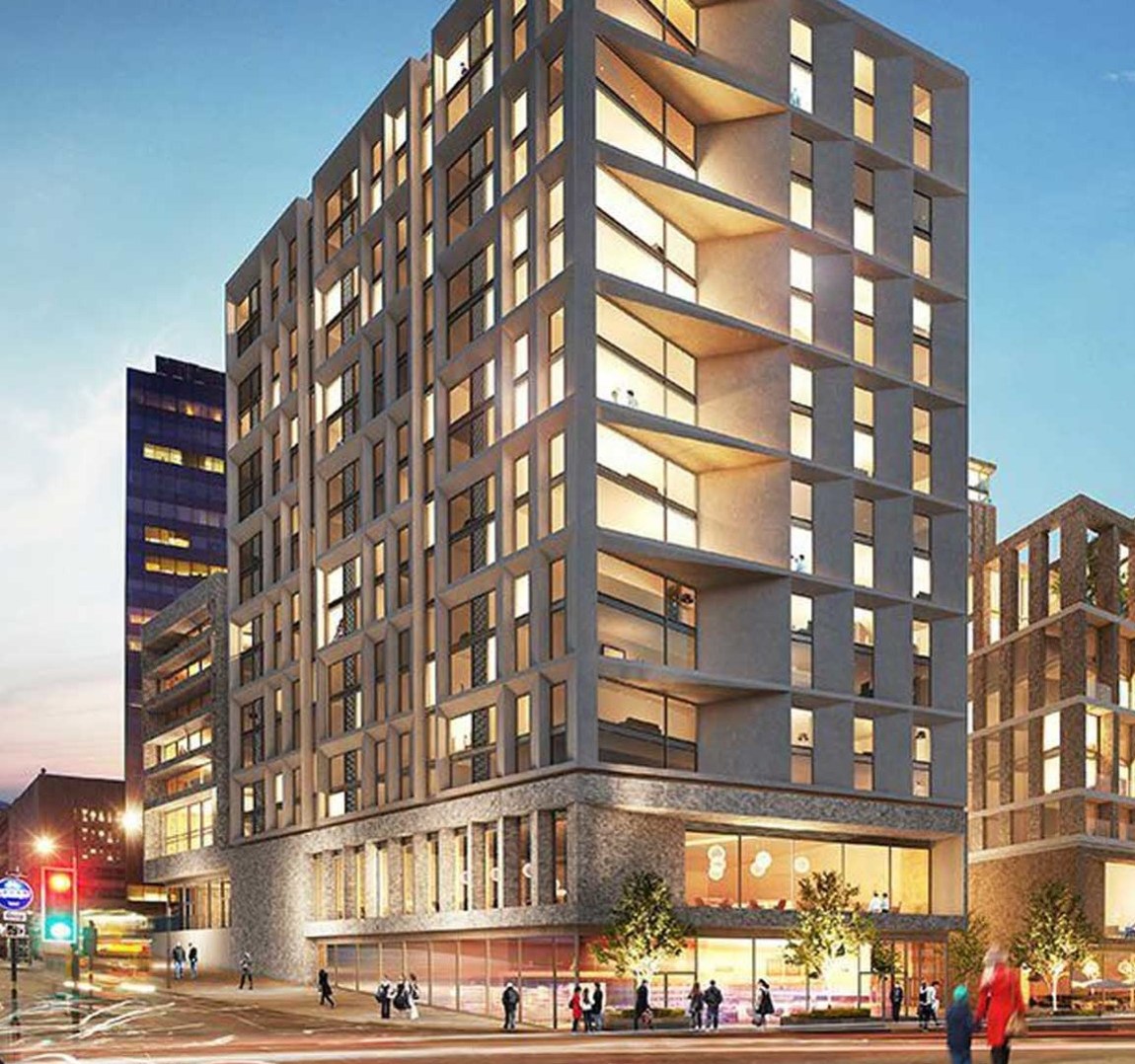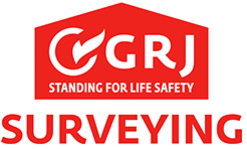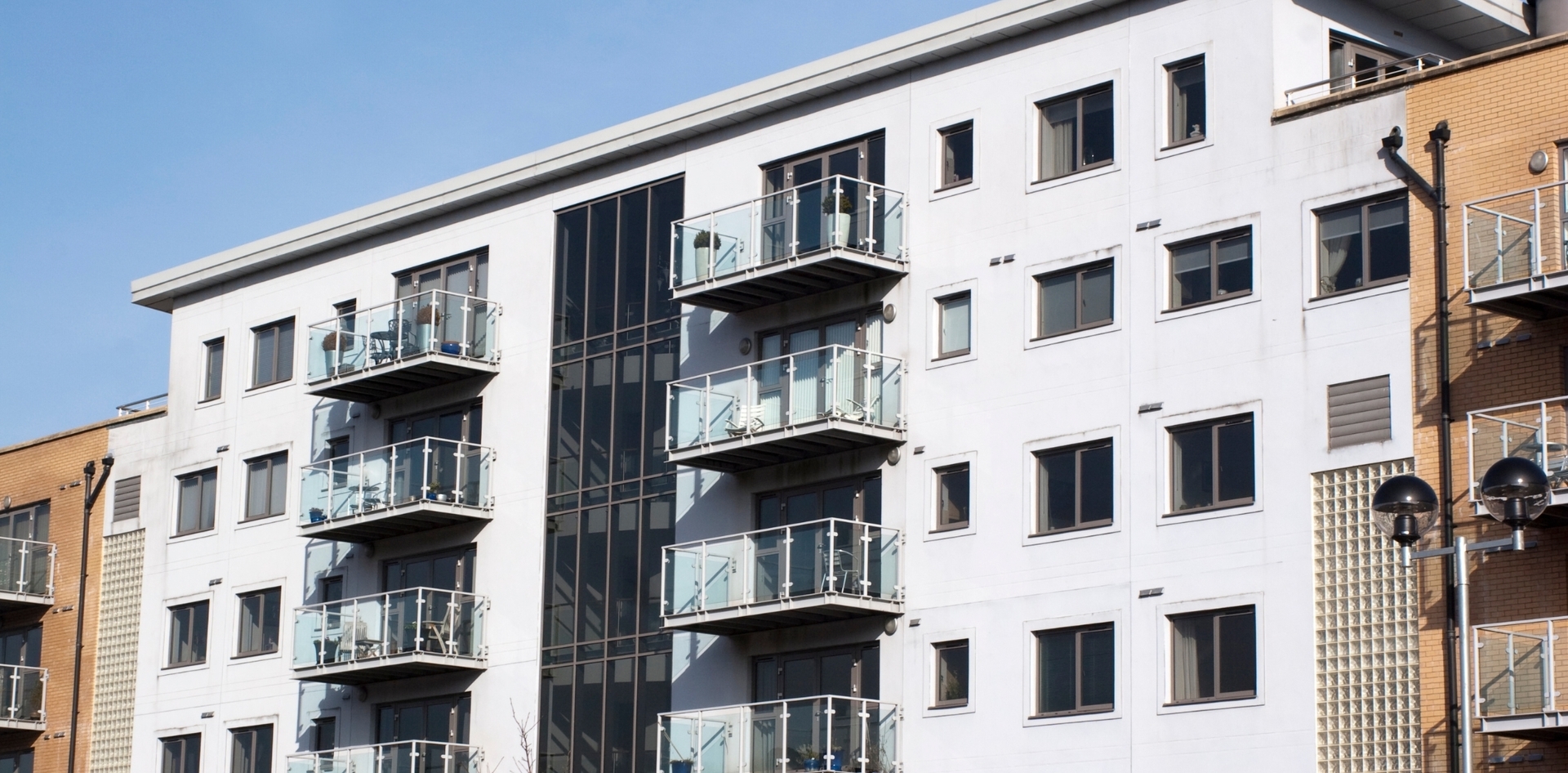What are the Fire Door Regulations for Landlords?
Posted on 19th December 2023
As an owner or manager of rental properties, it’s imperative to ensure that your buildings comply with the latest fire door regulations for landlords. Since Grenfell, fire safety has been brought into the public attention with a heavy emphasis on responsibility and accountability.
Failure to comply with the landlord fire door regulations could result in serious fines or even imprisonment in severe cases. If you’re a landlord or a manager overseeing rental properties, this article is for you. Read on to learn more about your responsibilities and the fire door regulations applicable for landlords.
What are the Latest Fire Door Regulations for Landlords?
From January 2023, The Fire Safety (England) Regulations 2022 came into effect. These new changes to the regulations introduced new fire safety duties for building owners or managers. Divided into two parts - Regulation 9 & 10, these new regulations come under the Regulatory Reform (Fire Safety) Order 2005.
Whether you're a landlord or property manager, if you oversee any residential buildings containing self-contained flats and/or rooms individually let rooms in a shared house you need to understand these regulations and what they mean for you.
The Fire Safety (England) Regulations 2022
The Fire Safety (England) Regulations 2022 provide guidance and outline new responsibilities for landlords, managers, building owners or other ‘Responsible Persons’.
This includes legal requirements to provide information regarding fire safety, both in relation to what to do in the event of a fire and following safety protocols.
Regulation 9 – Information to Residents
Regulation 9 mandates that fire safety information must be clearly displayed in communal areas of HMOs and include:
How to report a fire to the fire and rescue services
Information regarding the evacuation strategy in the event of a fire;
Additional information regarding escape routes and safety guidelines to follow;
The regulations also require the ‘responsible persons’ to offer copies of these instructions to any new tenants when they move into the property. This information must also be re-provided to all residents every 12 months.
Regulation 10 – Fire Doors
Under latest regulations, Responsible Persons must also provide tenants with information about the building’s fire doors, both in individual dwellings and communal areas.
As a minimum, the information provided should include:
Information regarding the importance of self-closing devices and not tampering with them;
Instructions to keep any fire doors closed;
Instructions on how to report damage or faults to fire doors.
Similarly to the fire safety information, these instructions must be given within 12 months of the regulations coming into effect,and to all new tenants as soon as possible.

What Should Landlords Know About Fire Doors?
When it comes to fire doors, there are some important facts you should be familiar with as a landlord. To keep your doors compliant with the rental property fire door regulations you should be aware of the following:
Both the door and the frame need to provide fire resistance for at least 30 minutes, these doors are also known as FD30;
Every fire door should be fitted with an intumescent strip that expands when exposed to head to seal the gap between the door and the frame;
All fire doors need to be fitted with a self-closing mechanism;
Fire doors should always be installed by a competent individual, according to the manufacturer’s instructions;
To comply with the latest regulations all fire doors should be inspected bi-annually.
What Are Your Responsibilities as a Landlord?
As a landlord you have the responsibility to comply with the rental property fire door regulations. The full extent of you responsibilities includes:
Undertaking annual inspections of fire doors at the entrance of individual flats on a best endeavour basis;
Keeping a record of any steps taken to carry out these inspections, specifically to evidence if and when access was not granted;
Undertaking inspections of all fire doors within communal areas at least every three months;
These inspections must ensure that the doors’ self-closing devices are working correctly as well as:
There have been no alterations or damage to a door's glazing apertures;
There are no gaps around the door frame and all seals and hinges are fitted correctly;
The door closer shuts the door properly and securely;
The door closes flush around the whole frame;
There is no visible damage to the fire door or door closer.
If any damage is found during an inspection, it's your responsibility to arrange for the remediation work to be carried out as soon as possible.
Do the Fire Door Regulations in Rented Property Cover All Buildings?
Generally speaking, the two main types of residential rental properties are single-lets and Houses of Multiple Occupancy (HMOs). A single-let property has only one tenant, which can be either a single person or multiple people that are part of one household. HMOs have more than two tenants that are parts of different households.
Depending on the type of rented property, fitting fire doors might not always be necessary.
Do Single-let Properties Require Fire Doors?
There are no legal requirements to fit fire doors in a single-let renal property. However, there might be an exception where a local council selective licensing scheme in England might require additional fire safety measures.
Even if your rental property doesn't require fire doors, you can of course choose to have some fitted. It’s recommended that fire doors are fitted in rooms with high risk such as the kitchen or garage.
Do HMOs Need Fire Doors?
Fire doors are a legal requirement for ALL Houses of Multiple Occupancy. The fire door regulations for rented properties mandate that in HMOs:
All doors leading to escape routes must be fire-resistant;
Fire doors must be fitted with a ‘closer’ that allows them to close automatically;
Fire doors are advised to be fitted to rooms with a high risk of fire, such as kitchens;
Any door leading to an escape route that locks, usually the front and back doors, should have a ‘thumb-turn’ lock on the inside that allows it to be opened without a key.
Fire Door Installation and Remediation with GRJ Contracting
If you’re a landlord in need of reliable fire door installation and maintenance service, look no further than GRJ Contracting. As a BM TRADA Q-Mark accredited contractor, we deliver a fully-comprehensive service. Our expertise covers the supply and installation of new fire doors, as well as maintenance and remediation of existing fire doors.
Get in touch with our dedicated fire door team to find out how we can help keep your building compliant. Give us a call today or email us at [email protected].

Book Your Consultation
To request more information or book a consultation, please fill in the form below and a member of our team will be in touch.
Share this post:
















